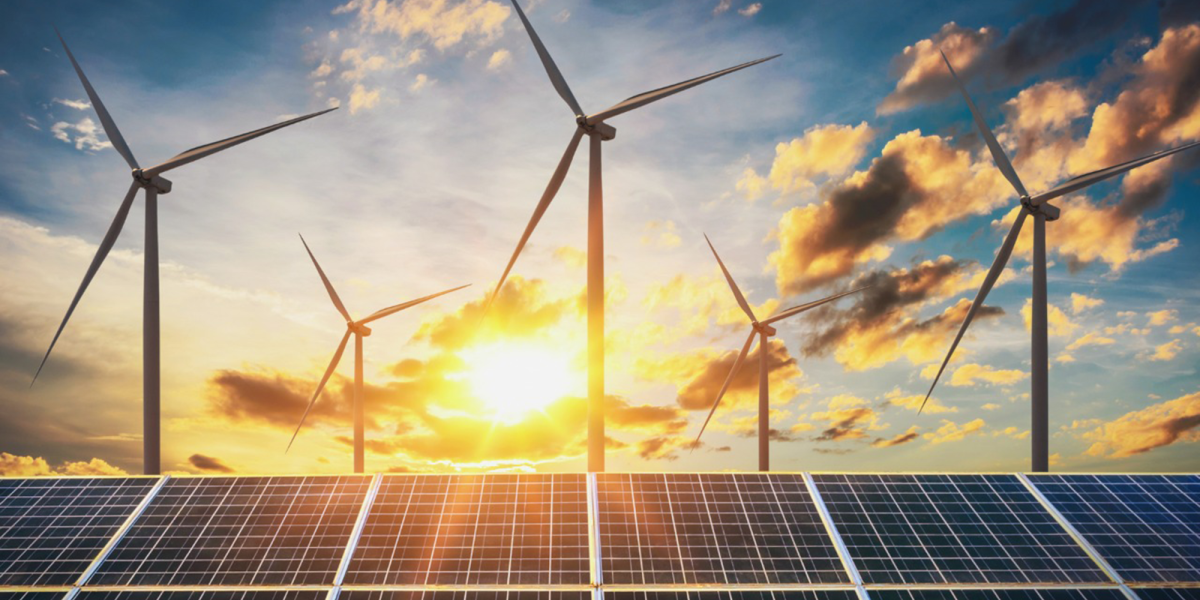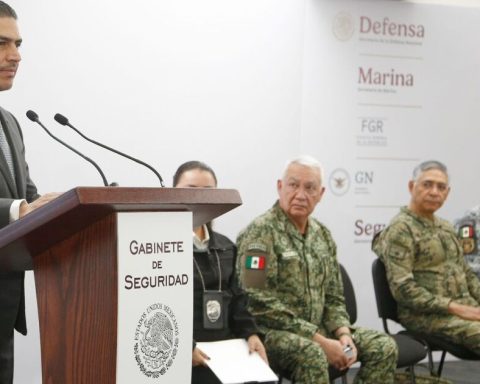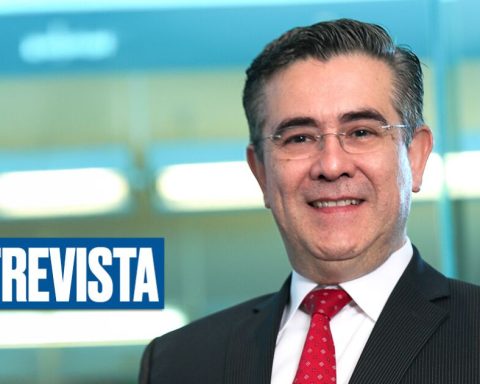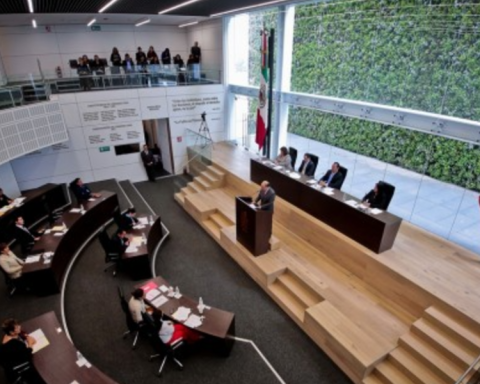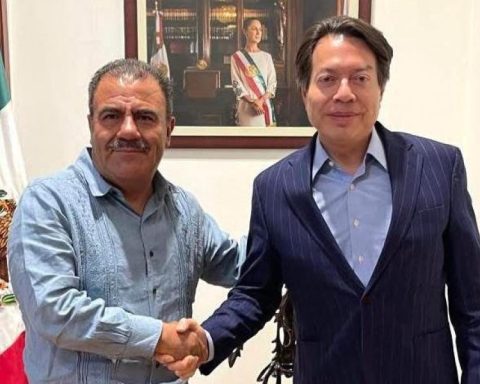Monterrey, NL. The changes in the energy policy of President Claudia Sheinbaum’s government could promote the use of renewable energy, but the private sector needs clear rules to invest, he told The EconomistCésar Cadena Cadena, president of the Nuevo León Energy Cluster.
Behind the panelDecarbonizing Mexico’s Industry”, within the framework of the Bloomberg NEF Forum, Cadena commented: “In this panel, Sempra reached the same conclusion as us. They tell us what the rules are, we study them, we see if we can specify them and we are on the other side, they have not told us how. I think that these days the president is going to define the conditions, it is very important to see what we are going to receive or not.”
The also president of Energex, a Monterrey company that provides energy solutions, indicated that there are three fundamental issues that the sector wants to be defined:
- Have a clear business model: Define whether the private sector will generate renewable energy to sell to the CFE or for self-consumption. This will determine the profitability of the investment.
- Long-term legal certainty: Ensure that the rules of the energy sector are clear and stable, providing security for investments exceeding 200 million dollars.
- Guaranteed technical feasibility: Confirm the technical feasibility of the connection to the CFE network, since without it, although the business model is profitable and secure, it will not work.
Challenges that are accelerated by nearshoring
During the Panel “Decarbonizing Mexico’s Industry”Abraham Zamora, president of Sempra Infrastructure for Mexico, said that the challenges of transmission networks for electrical energy would reach 12,000 million dollars.
“The Federal Electricity Commission (CFE) “Since this year, it is making tenders for 2.9 billion dollars, there are more than 2,000 kilometers of transmission networks, however more generation capacity is required,” he explained.
“We see the figures from the electrical associations, in the Energy Regulatory Commission (CRE) itself, there is a coincidence, more or less 37 Gigawatts (GW) of electrical energy generation are needed for the next six years; if we want to take advantage of the nearshoring opportunity, since it requires energy to be more efficient, cleaner and affordable,” Zamora emphasized.
How are companies moving towards decarbonization?
Felisa Ros, country manager at Engie México, said that the energy theme “It is not something that only the industry, the demand, the generators or the government can do alone, we must do it together and for us this is just what is coming, accompanying this energy strategy of the country, through experience and knowledge to walk towards the energy transition”.
For your part Abraham Zamorapresident of Sempra Infrastructure for Mexico, said that the company’s strategy is focused on the three D’s: digitalization, diversification and decarbonizationfor example, with goals to reduce leaks in natural gas transportation of 50% by 2030, compared to 2019.
Irene Espíndola, global director of Net Zero Carbon at Bimbo, stressed that 27 of the 35 countries in which they operate already use 100% renewable energy and the remaining part is advancing in electromobility and “other alternatives are going to help us decarbonize.” , the Net Zero goal is for 2025.
